Home>Articles>What Is The Temperature Of A Slow Cooker On High
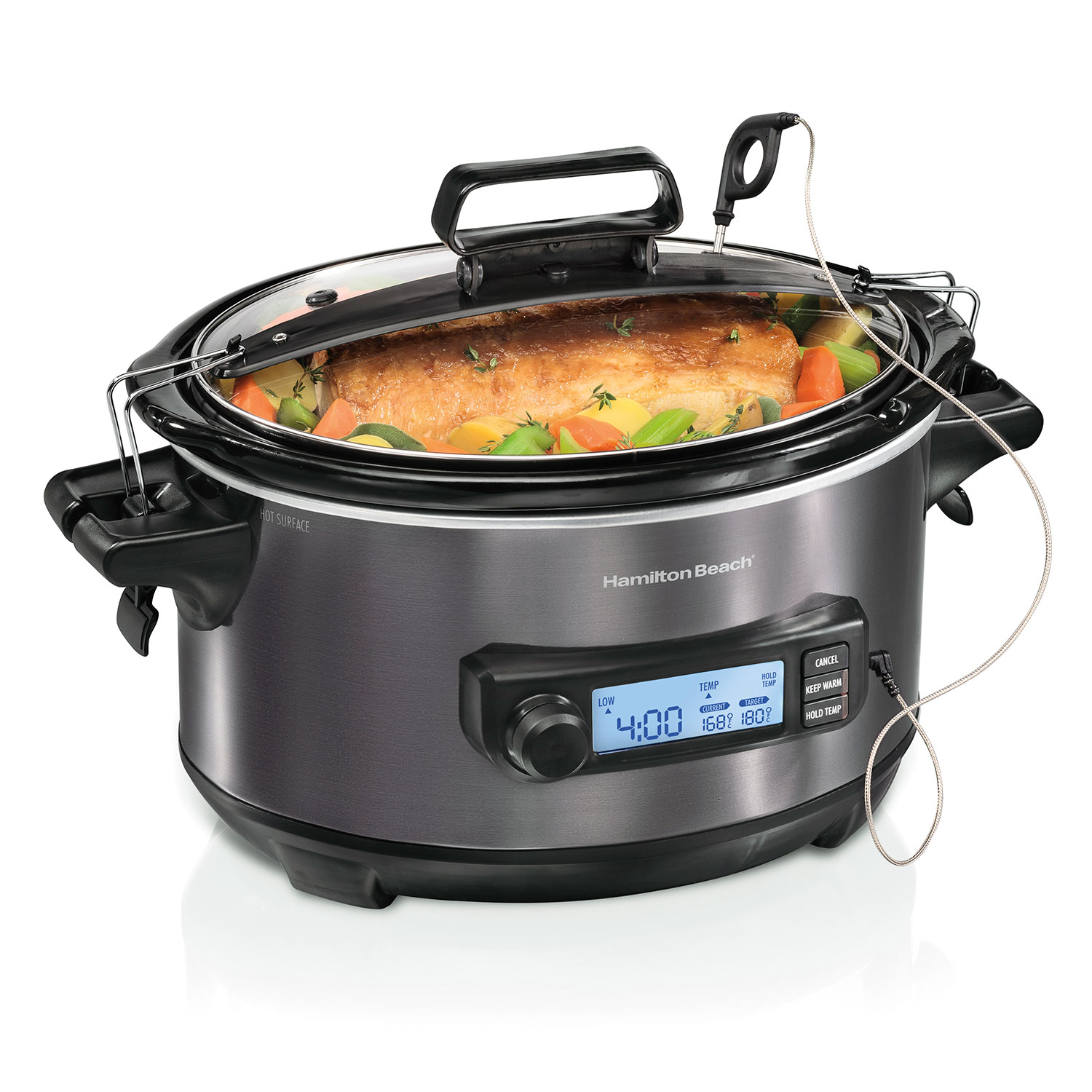

Articles
What Is The Temperature Of A Slow Cooker On High
Modified: May 6, 2024
Discover the ideal temperature for cooking in a slow cooker on high with our informative articles. Find out the best settings for delicious meals.
(Many of the links in this article redirect to a specific reviewed product. Your purchase of these products through affiliate links helps to generate commission for Storables.com, at no extra cost. Learn more)
Introduction
Slow cookers are a staple in many kitchens, offering a convenient way to prepare delicious meals with minimal effort. These versatile appliances use low heat over a long period of time to tenderize meats, develop complex flavors, and create melt-in-your-mouth textures. But have you ever wondered what temperature a slow cooker reaches when set to its high setting? In this article, we will dive into the world of slow cookers and explore the temperature range of these handy kitchen gadgets.
Before we delve into the details, let’s take a moment to understand how slow cookers work. Unlike traditional stovetop cooking or baking in an oven, slow cookers utilize a moist cooking method. The food is placed in a ceramic or porcelain crock, surrounded by a heating element that provides consistent and even heat. The tightly sealed lid traps steam and moisture, creating a moist environment that helps to lock in flavors and maintain tenderness.
Now, let’s get to the heart of the matter – the temperature range of a slow cooker. Most slow cookers have three heat settings: low, high, and warm. The low setting typically reaches temperatures between 190°F (88°C) and 200°F (93°C), while the high setting can range from approximately 280°F (138°C) to 300°F (149°C). It’s important to note that these temperatures may vary slightly depending on the make and model of your slow cooker.
When you set your slow cooker to the high setting, it aims to reach and maintain a higher temperature than the low setting. This higher temperature helps to accelerate the cooking process, making it ideal for when you’re short on time or need to cook tougher cuts of meat. However, it’s essential to understand that the high setting does not mean the slow cooker reaches the same temperature as a traditional oven or stovetop. While it can get hot, it operates at lower temperatures to ensure the slow cooking process.
Several factors can affect the temperature of a slow cooker on the high setting. One significant factor is the size and design of the appliance. Larger slow cookers tend to have more power and heat up faster, while smaller ones may take longer to reach the desired temperature. The insulation and sealing of the slow cooker also play a crucial role in maintaining the heat.
To better understand the temperature of your slow cooker on the high setting, you can conduct a simple experiment. Fill your slow cooker with water and place a thermometer inside. Set it to the high setting and monitor the temperature over a few hours. This experiment will give you a better idea of how your specific slow cooker performs and how it reaches and maintains its high temperature.
Key Takeaways:
- Slow cookers on high setting reach temperatures between 280°F to 300°F, ideal for faster cooking and tenderizing tough cuts of meat. Factors like size, insulation, and ambient temperature can affect the actual temperature reached.
- Experimenting with water and an oven thermometer can help understand the specific performance of your slow cooker on the high setting, allowing for more precise adjustments and better cooking results.
How Do Slow Cookers Work?
Slow cookers, also known as crock pots, have been a game-changer in the kitchen, allowing busy individuals and families to enjoy hearty and flavorful meals with minimal effort. But have you ever wondered how these magical appliances work their culinary magic? Let’s take a closer look at the inner workings of a slow cooker.
At the core of a slow cooker is the electric heating element, which is responsible for generating the heat needed to cook the food. This heating element is located at the bottom of the appliance, underneath the ceramic or porcelain crock. It provides a consistent and gentle heat source that gradually cooks the ingredients.
When you turn on your slow cooker and select a temperature setting, the electric heating element begins to warm up. The heat is then transferred to the crock, which is made of a conductive material that evenly distributes the heat throughout the cooking vessel.
One of the key features of a slow cooker is its tightly sealed lid. This lid plays a vital role in creating a moist cooking environment. As the ingredients heat up, steam is released, which then condenses on the lid and drips back down into the pot. This process helps to keep the food moist, prevents it from drying out, and promotes the development of rich flavors.
The cooking process in a slow cooker can be divided into two phases: the initial heating phase and the slow cooking phase. During the initial heating phase, the slow cooker rapidly heats up the ingredients until it reaches the desired temperature. This process can take anywhere from 15 to 30 minutes, depending on the recipe and the size of the slow cooker.
Once the initial heating phase is complete, the slow cooker enters the slow cooking phase. In this phase, the temperature is lowered to a gentle simmer or low heat setting. The food is then cooked slowly over a period of several hours, allowing the flavors to meld together and the tough cuts of meat to become tender and succulent.
One of the greatest advantages of slow cookers is their convenience. Once you’ve prepared your ingredients and placed them in the crock, you can simply set the temperature and cooking time and let the slow cooker do its magic. Unlike stovetop cooking, slow cookers require no supervision, allowing you to go about your day and return home to a delicious meal.
As you can see, slow cookers work by harnessing the power of gentle and consistent heat, creating a moist cooking environment that yields tender and flavorful results. So the next time you enjoy a hearty stew or a tender pot roast from your slow cooker, you’ll appreciate the science behind this magical kitchen appliance.
The Temperature Range of a Slow Cooker
Slow cookers are known for their ability to cook food at low temperatures over an extended period, allowing flavors to meld and meats to become incredibly tender. But just how hot does a slow cooker get? Let’s explore the temperature range of these versatile appliances.
Most slow cookers have multiple heat settings, typically including low, high, and warm. The low setting on a slow cooker typically ranges between 190°F (88°C) to 200°F (93°C). This low temperature is ideal for long, slow cooking, perfect for simmering soups, stews, and braising meats.
On the other end of the temperature spectrum is the high setting. When set to high, the slow cooker’s temperature can range between approximately 280°F (138°C) to 300°F (149°C). This higher temperature setting is intended to accelerate the cooking time, making it suitable for when you’re short on time or need to cook tougher cuts of meat.
It’s essential to note that the temperature ranges mentioned above are general guidelines and can vary slightly depending on the make and model of your slow cooker. Some slow cookers may have a narrower temperature range, while others may offer a wider range of heat settings.
While slow cookers provide a relatively low and controlled temperature, it’s important to remember that they do not reach the same high temperatures as conventional ovens or stovetops. The low and high heat settings on a slow cooker are designed to maintain a gentle and steady heat that slowly cooks food over time. This gentle cooking process helps to release flavors, transform tough cuts of meat into tender delights, and creates rich, flavorful dishes.
Slow cookers are also equipped with a warm setting, which keeps food at a safe temperature without overcooking it. The warm setting typically ranges between 165°F (74°C) and 175°F (79°C), ensuring that your cooked food remains at a safe temperature until it’s ready to be served.
By understanding the temperature ranges of your slow cooker, you can make informed decisions about which setting to use for different recipes and cooking times. Whether you’re simmering a savory chili or slow-cooking a pot roast, knowing the temperature range of your slow cooker will help you achieve the desired results.
So the next time you set out to create a mouthwatering meal in your slow cooker, keep in mind that it operates within a specific temperature range, allowing you to unleash the full potential of your culinary creations.
Understanding the High Setting
The high setting on a slow cooker is a valuable tool when you need to cook your food faster or when working with tougher cuts of meat that require higher temperatures to become tender. However, it’s important to understand what the high setting really means and how it affects the cooking process.
Contrary to what some may think, the high setting on a slow cooker does not reach the same temperatures as a conventional oven or stovetop. While the low setting operates at a lower temperature, typically between 190°F (88°C) to 200°F (93°C), the high setting raises the temperature to a range of approximately 280°F (138°C) to 300°F (149°C).
The high setting on a slow cooker is designed to accelerate the cooking process. It helps to bring the ingredients to a simmer more quickly, allowing flavors to develop and tough cuts of meat to become tender in a shorter period of time. This is particularly useful when you’re limited on time and want to have a meal ready sooner.
When using the high setting, it’s important to be mindful of the overall cooking time. While the low setting allows for extended cooking periods, the high setting can cook food more quickly. This means that you may need to adjust the cooking time or check the progress of your dish more frequently to ensure it doesn’t overcook.
It’s worth noting that different slow cooker models may vary in terms of the specific temperatures reached on their high setting. Some may have a higher upper range, while others may reach slightly lower temperatures. It’s a good idea to consult your slow cooker’s manual or test the temperature with an oven thermometer to get a better understanding of its performance.
When using the high setting, keep in mind the type of ingredients you’re working with. While it can help cook tougher cuts of meat to perfection, it may not be the ideal setting for delicate proteins or foods that require gentle simmering. Use your judgment and consider the specific requirements of the recipe you’re preparing.
Overall, the high setting on a slow cooker provides a faster cooking option without compromising the unique benefits of slow cooking. By understanding its purpose and limitations, you can make informed decisions about when and how to use the high setting to achieve the results you desire.
So the next time you’re looking to speed up the cooking process or tenderize some challenging ingredients, give the high setting on your slow cooker a try and enjoy the convenience and delicious results it can bring to your kitchen.
Factors Affecting Temperature on High Setting
When using the high setting on a slow cooker, it’s important to consider that various factors can affect the actual temperature reached inside the appliance. Understanding these factors will help you better control and adjust your cooking process for optimal results.
1. Size and Design of the Slow Cooker: The size and design of your slow cooker can significantly impact the temperature it reaches on the high setting. Larger slow cookers tend to have more power, allowing them to heat up faster and reach higher temperatures. Smaller slow cookers may take longer to reach the desired temperature or may not get as hot.
2. Insulation and Sealing: The insulation and sealing of a slow cooker are crucial in maintaining temperature. A well-insulated slow cooker with a tight-fitting lid will retain heat more efficiently, allowing it to reach and maintain higher temperatures. Poor insulation or a loose-fitting lid can result in heat loss and lower temperatures.
3. Ambient Room Temperature: The surrounding environment and room temperature can impact the performance of a slow cooker. If you’re cooking in a cold kitchen or during winter months, it may take longer for the slow cooker to reach its high temperature. Conversely, cooking in a hot kitchen or during summer months may result in quicker heat-up times.
4. Quantity and Density of Food: The quantity and density of the food in the slow cooker can affect its temperature. If the crock is filled to capacity, it may take longer for the food to reach the desired temperature. Dense ingredients, such as large cuts of meat or root vegetables, may also require additional cooking time to ensure they reach the proper internal temperature.
5. Cooker Brand and Model: Different brands and models of slow cookers may have slight variations in their temperature range. It’s a good idea to consult the user manual or contact the manufacturer to get specific temperature information for your particular slow cooker model.
It’s worth mentioning that slow cookers are designed to operate at low and controlled temperatures, even on the high setting. They are not intended to reach the same high temperatures as a conventional oven or stovetop. This slow cooking process allows for extended cooking times and the breakdown of tough connective tissues in meats, resulting in tender and flavorful dishes.
To ensure you’re getting the desired temperature on the high setting, you can perform a simple experiment. Fill your slow cooker with water, set it to high, and measure the temperature using an oven thermometer after it has been running for a while. This will give you a better understanding of how your specific slow cooker performs and help you make necessary adjustments in your cooking process.
By considering these factors that affect temperature, you can make informed decisions and manipulate the cooking process to achieve the desired results with your slow cooker on the high setting.
When set to high, a slow cooker typically reaches a temperature of 212°F (100°C). This is the same temperature as boiling water and is ideal for cooking tougher cuts of meat and hearty stews.
Experimenting with Temperature
One of the best ways to understand and explore the temperature range of your slow cooker is through experimenting. By conducting simple tests and making observations, you can gain valuable insights into how your specific appliance performs and make adjustments to achieve your desired cooking results.
A basic experiment you can try is to fill your slow cooker with water and set it to the high setting. Use an oven thermometer to measure the temperature over time. Keep track of the temperature readings at different intervals, such as every 30 minutes or every hour.
During the experiment, it’s essential to keep the slow cooker lid on to maintain the moist cooking environment. Avoid unnecessary lifting of the lid, as it can result in heat loss and affect the accuracy of your temperature readings.
As you conduct the experiment, pay attention to the rate at which the water temperature increases. Note how long it takes for the water to reach its peak temperature and how stable it remains at that temperature. This information will give you a better understanding of how your specific slow cooker performs and how it reaches and maintains its high temperature.
Additionally, while conducting the experiment, you can also test the temperature on the low setting for comparison. Fill another slow cooker with water and set it to the low setting. Use an oven thermometer to measure and record the temperature over time, following the same intervals as the high setting experiment. This comparison will help you understand the temperature difference between the high and low settings of your slow cooker.
Keep in mind that the temperature readings may vary slightly depending on the brand, model, and size of your slow cooker. By conducting these experiments, you’ll gather valuable information about the behavior of your specific appliance and be able to make more precise adjustments when cooking your favorite recipes.
Remember that slow cookers are designed to cook food slowly at low and controlled temperatures, even on the high setting. This gentle cooking process is what makes slow cookers so versatile and capable of producing flavorful and tender dishes.
Experimenting with the temperature of your slow cooker not only provides valuable insights into its performance but also allows you to adapt your cooking methods to achieve the best results. With a better understanding of your slow cooker’s temperature range, you can confidently create delicious meals that will impress your family and friends.
Tips for Cooking at High Temperature in a Slow Cooker
When cooking at high temperature in a slow cooker, there are certain tips and techniques that can help you get the most out of your cooking experience. Here are some helpful tips to keep in mind:
1. Choose the Right Cuts of Meat: When using the high setting, opt for tougher cuts of meat that benefit from higher temperatures and longer cooking times. Cuts like chuck roast, pork shoulder, or brisket are excellent choices that will become tender and flavorful when cooked at high temperature in a slow cooker.
2. Brown the Meat: Before adding the meat to the slow cooker, consider searing or browning it on the stovetop. This step adds extra flavor and texture to the meat. It also helps to lock in the juices and enhance the overall richness of the dish.
3. Cut Ingredients Uniformly: To ensure even cooking, make sure to cut your ingredients into uniform sizes. This will help them cook at the same rate and ensure that everything is cooked to perfection.
4. Adjust Cooking Time: When cooking at high temperature, keep in mind that the cooking time may be shorter compared to the low setting. Monitor the progress of your dish and consider adjusting the cooking time accordingly. As a general rule, high temperature cooking in a slow cooker can take approximately half the time of low temperature cooking.
5. Add Liquid: When using the high setting, it’s important to include enough liquid to prevent your dish from drying out. The higher temperature can cause more evaporation, so ensure there is sufficient liquid to keep the food moist throughout the cooking process. This can be in the form of broth, sauce, or other flavorful liquids.
6. Avoid Overloading the Slow Cooker: While it can be tempting to fill your slow cooker to the brim, it’s essential to leave enough space for proper circulation of heat and even cooking. Overcrowding the slow cooker can affect the cooking time and result in unevenly cooked food.
7. Check for Doneness: Use a meat thermometer to check the internal temperature of meats, especially when cooking at higher temperatures. The USDA recommends cooking most meats to an internal temperature of 145°F (63°C) for medium-rare and 160°F (71°C) for medium. This will ensure that your meat is cooked to a safe temperature while still maintaining its tenderness.
8. Adjust Seasonings: High-temperature cooking can intensify flavors, so be mindful of your seasonings. You may need to reduce the amount of salt or spices used in your recipes to avoid overpowering the dish.
9. Stir Occasionally: To ensure even cooking and prevent any sticking or burning, give your ingredients an occasional stir while cooking at high temperature in a slow cooker.
10. Let It Rest: Just like with any other cooking method, allow your dish to rest for a few minutes before serving. This will help the flavors to meld and ensure that the juices are evenly distributed throughout.
By following these tips, you can make the most out of cooking at high temperature in your slow cooker. Experiment, try new recipes, and enjoy the convenience and delicious results that this wonderful kitchen appliance has to offer.
Safety Precautions to Consider
While slow cookers are generally safe and convenient to use, it’s important to keep certain safety precautions in mind to ensure the well-being of yourself and your family. Here are some key safety tips to consider when using a slow cooker:
1. Read the Instruction Manual: Familiarize yourself with the instruction manual provided by the manufacturer of your slow cooker. Each model may have specific guidelines and safety instructions that you need to follow for proper and safe operation.
2. Keep the Slow Cooker Stable: Place your slow cooker on a stable, heat-resistant surface and ensure that it is positioned away from the edge of the counter or any other potentially hazardous locations. This will help prevent accidental tipping and spills.
3. Avoid Overfilling: Do not overfill your slow cooker to avoid the risk of liquid spilling over or food not cooking properly. Most slow cookers have a maximum fill line indicated on the inner pot – be sure to adhere to that guideline.
4. Use Safe Ingredients: Use fresh ingredients and avoid using ingredients that have been sitting at room temperature for an extended period. This will help prevent the growth of bacteria and ensure food safety.
5. Thaw Meat Properly: When using slow cookers to prepare meat dishes, it’s important to thaw frozen meat completely before adding it to the slow cooker. This prevents the risk of bacterial growth and ensures the meat cooks evenly.
6. Follow Cooking Time and Temperature Guidelines: Adhere to the recommended cooking times and temperature settings for your specific recipes. Cooking food for too long at low temperatures can increase the risk of bacterial growth, while cooking at high temperatures for too short a period may result in undercooked food.
7. Use Oven Mitts or Pot Holders: The exterior of a slow cooker can become hot during operation. Always use oven mitts or pot holders when handling the slow cooker or removing the lid to avoid burns or injuries.
8. Monitor your Slow Cooker: While slow cookers are designed to operate without constant supervision, it’s still important to periodically check on your appliance to ensure it is functioning properly. Look for any signs of damage, frayed cords, or any unusual behavior and contact the manufacturer if necessary.
9. Keep Children and Pets Away: Ensure that children and pets are kept away from the slow cooker while it is in operation. The exterior and interior of the slow cooker can become very hot, posing a burn risk.
10. Properly Store Leftovers: After enjoying a delicious slow-cooked meal, refrigerate or freeze any leftovers promptly to prevent foodborne illnesses. Avoid leaving cooked food at room temperature for an extended period.
By following these safety precautions, you can use your slow cooker with confidence, knowing that you are prioritizing the well-being and safety of yourself and your loved ones. Slow cookers offer a convenient and reliable cooking method, allowing you to prepare delicious meals with ease and peace of mind.
Conclusion
Slow cookers are a valuable tool in the kitchen, providing a convenient and hassle-free way to prepare delicious meals. Understanding the temperature range and functionality of a slow cooker is essential for achieving the best cooking results and optimizing your culinary creations.
In this article, we explored the temperature range of a slow cooker, from the low setting, which typically ranges between 190°F (88°C) to 200°F (93°C), to the high setting, which can reach approximately 280°F (138°C) to 300°F (149°C). We discussed how the high setting on a slow cooker accelerates the cooking process, making it ideal for when you’re short on time or need to cook tough cuts of meat.
We also examined factors that can affect the temperature of a slow cooker on the high setting, such as the size and design of the appliance, insulation and sealing, ambient room temperature, quantity and density of food, as well as the brand and model of the slow cooker itself.
Furthermore, we discussed the importance of experimenting with temperature to better understand your specific slow cooker’s performance. By conducting simple tests, such as measuring the water temperature over time, you can gain insights into how your appliance operates and make informed adjustments to your cooking process.
To ensure successful high-temperature cooking in a slow cooker, we provided helpful tips, such as choosing the right cuts of meat, adjusting cooking times, adding sufficient liquid, and properly preparing ingredients. We emphasized the importance of safety precautions, including reading the instruction manual, keeping the slow cooker stable, and following recommended guidelines for thawing meat and using safe ingredients.
In conclusion, slow cookers offer a convenient and effective way to prepare flavorful and tender dishes with minimal effort. By understanding the temperature range, experimenting with your specific appliance, and implementing safety measures, you can unlock the full potential of your slow cooker and create delicious meals that will impress your family and friends.
So go ahead, embrace the versatility of your slow cooker, and enjoy the mouthwatering meals it can produce. Happy cooking!
Now that you've got a handle on managing temperatures in your slow cooker, why not put that knowledge to tasty use? Dive into our next feature where we reveal a variety of mouthwatering slow cooker recipes sure to transform your meal prep from mundane to marvelous. Whether you're aiming to impress guests or just spice up family dinners, these dishes provide both convenience and flavor, proving that great cooking doesn't have to be a chore.
Frequently Asked Questions about What Is The Temperature Of A Slow Cooker On High
Was this page helpful?
At Storables.com, we guarantee accurate and reliable information. Our content, validated by Expert Board Contributors, is crafted following stringent Editorial Policies. We're committed to providing you with well-researched, expert-backed insights for all your informational needs.
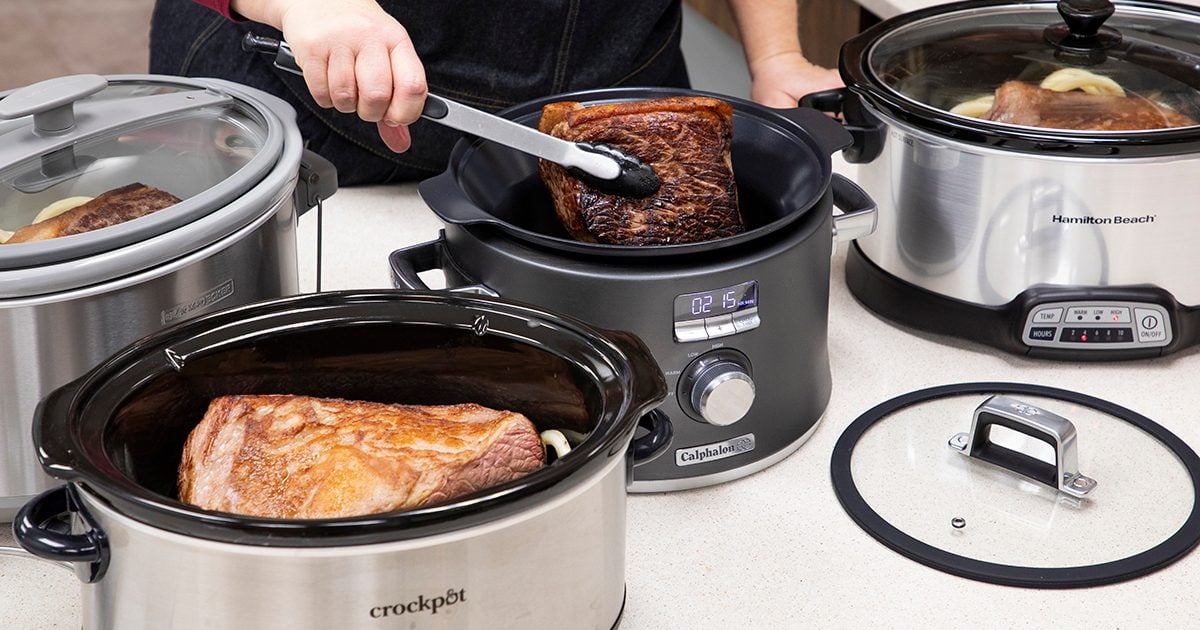
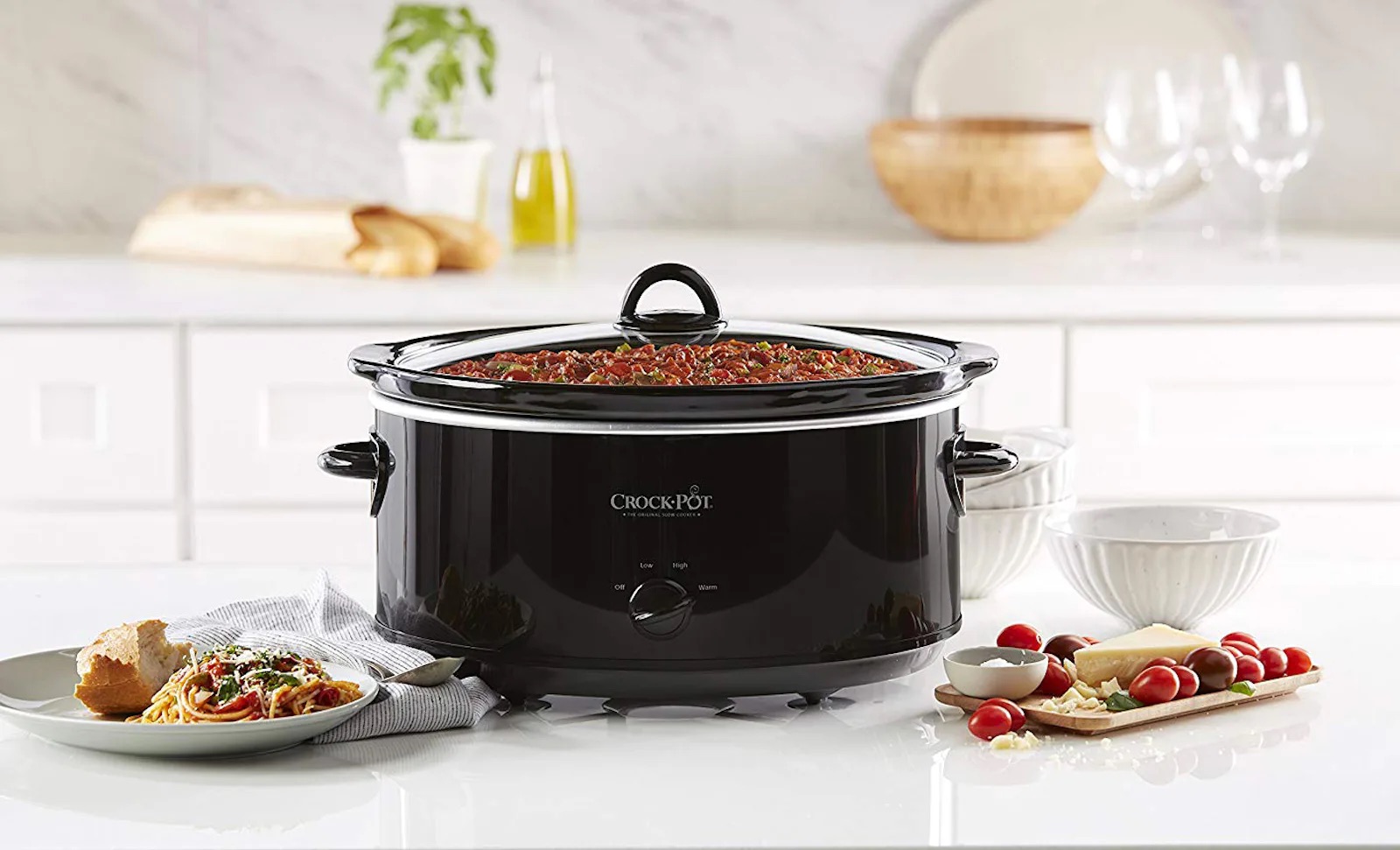
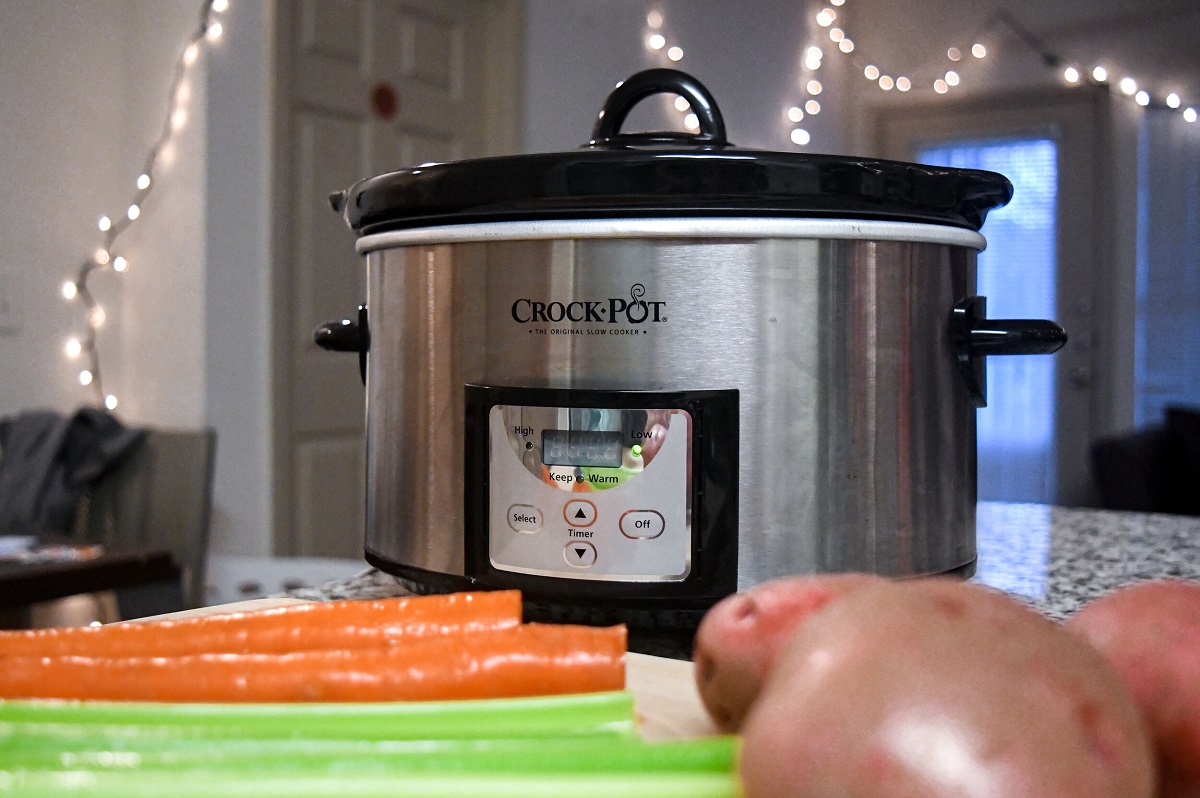
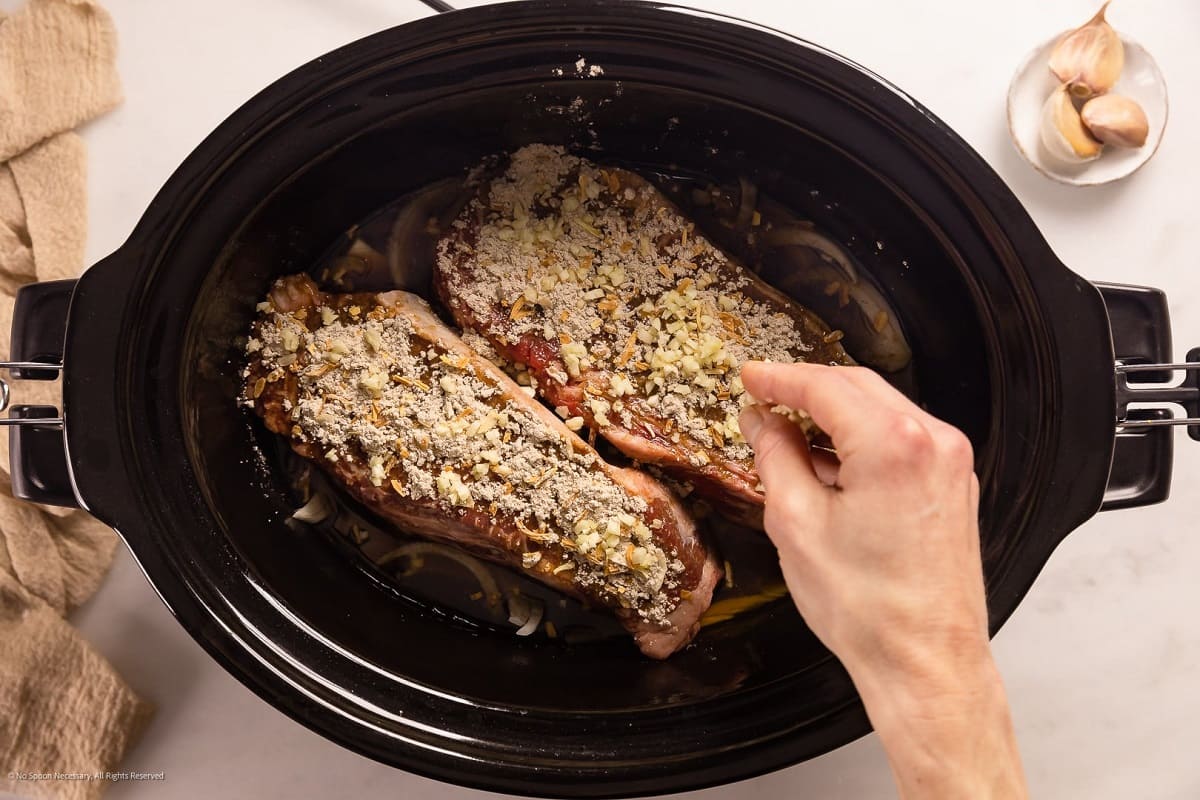
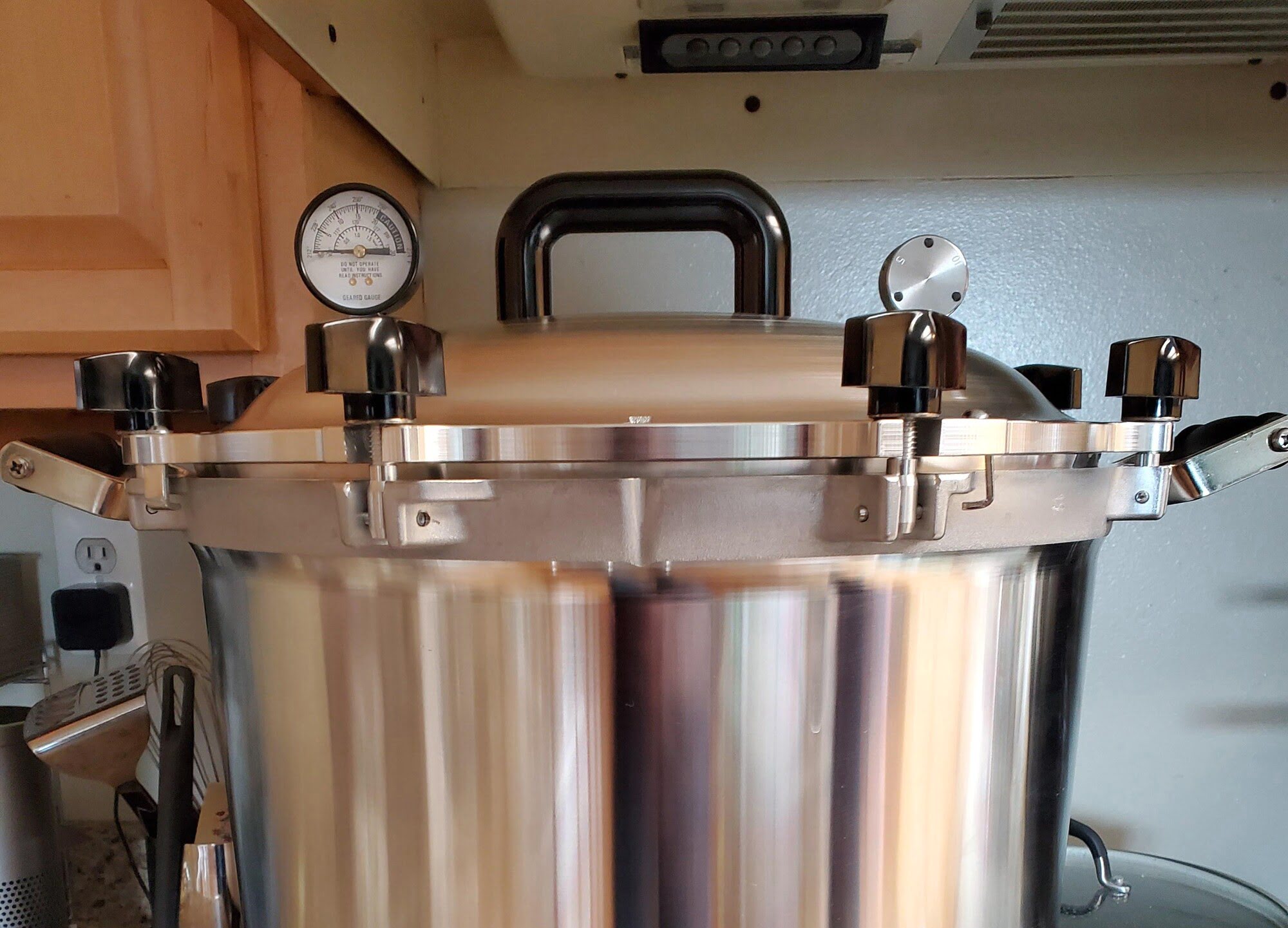
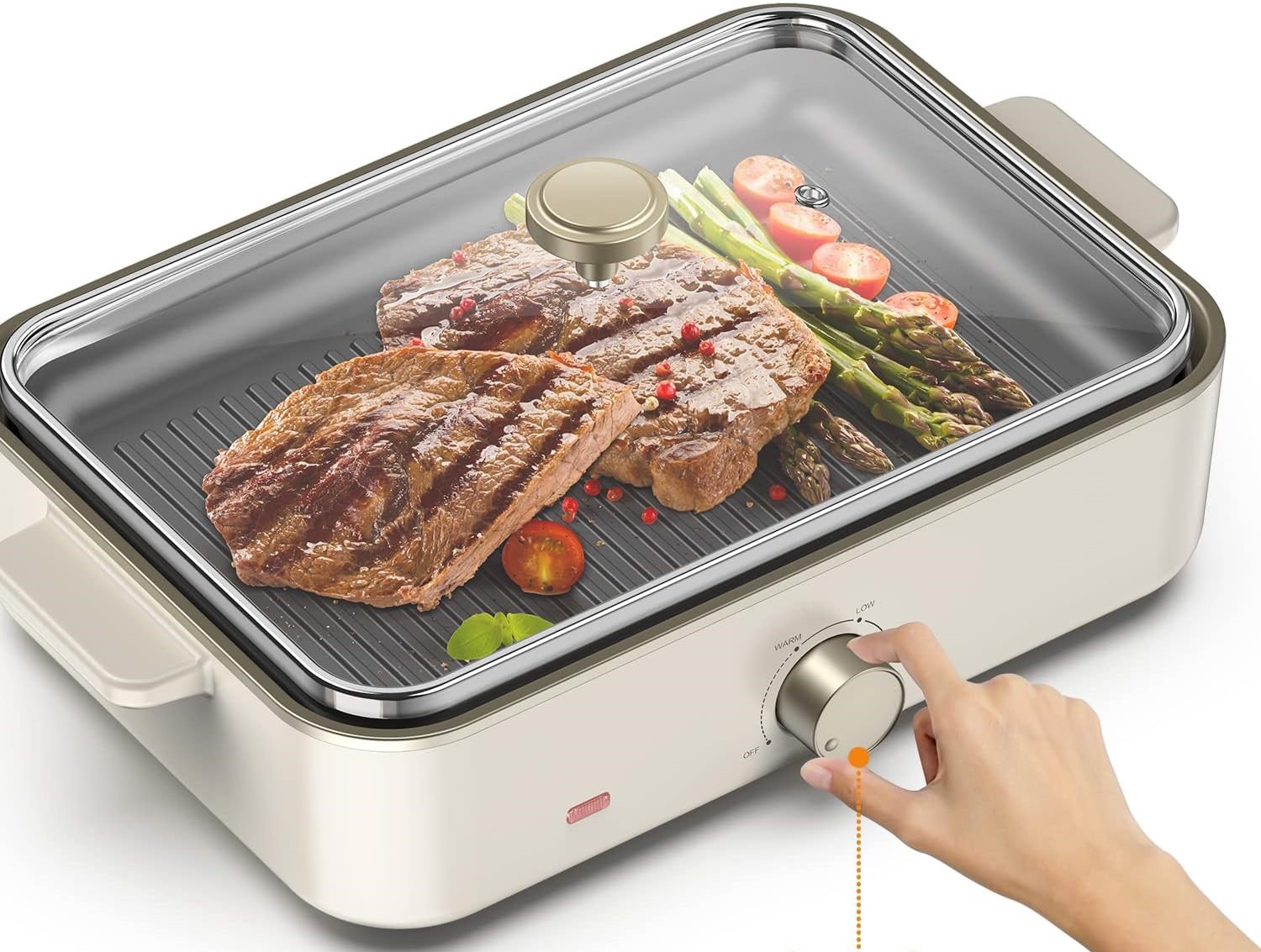
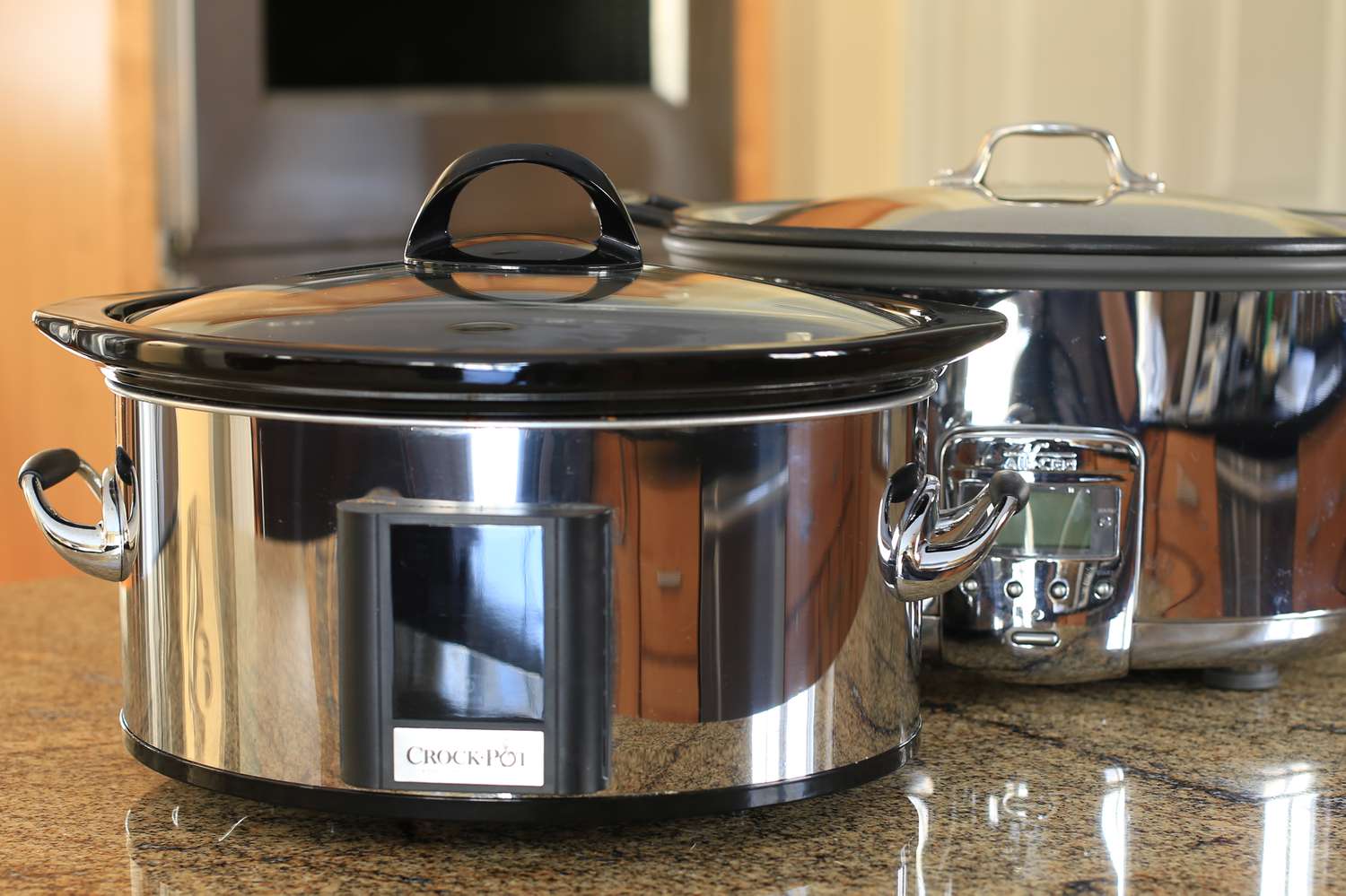
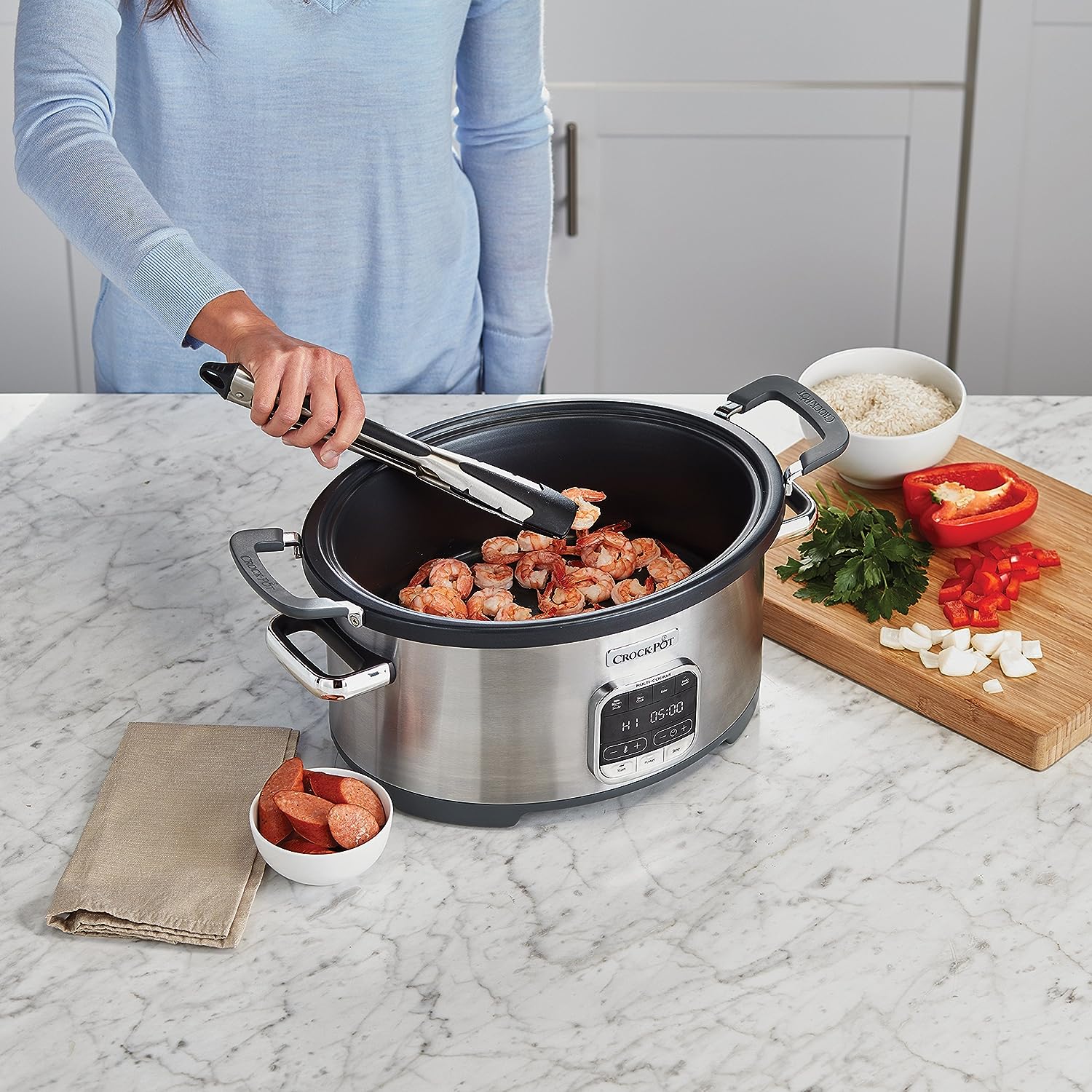
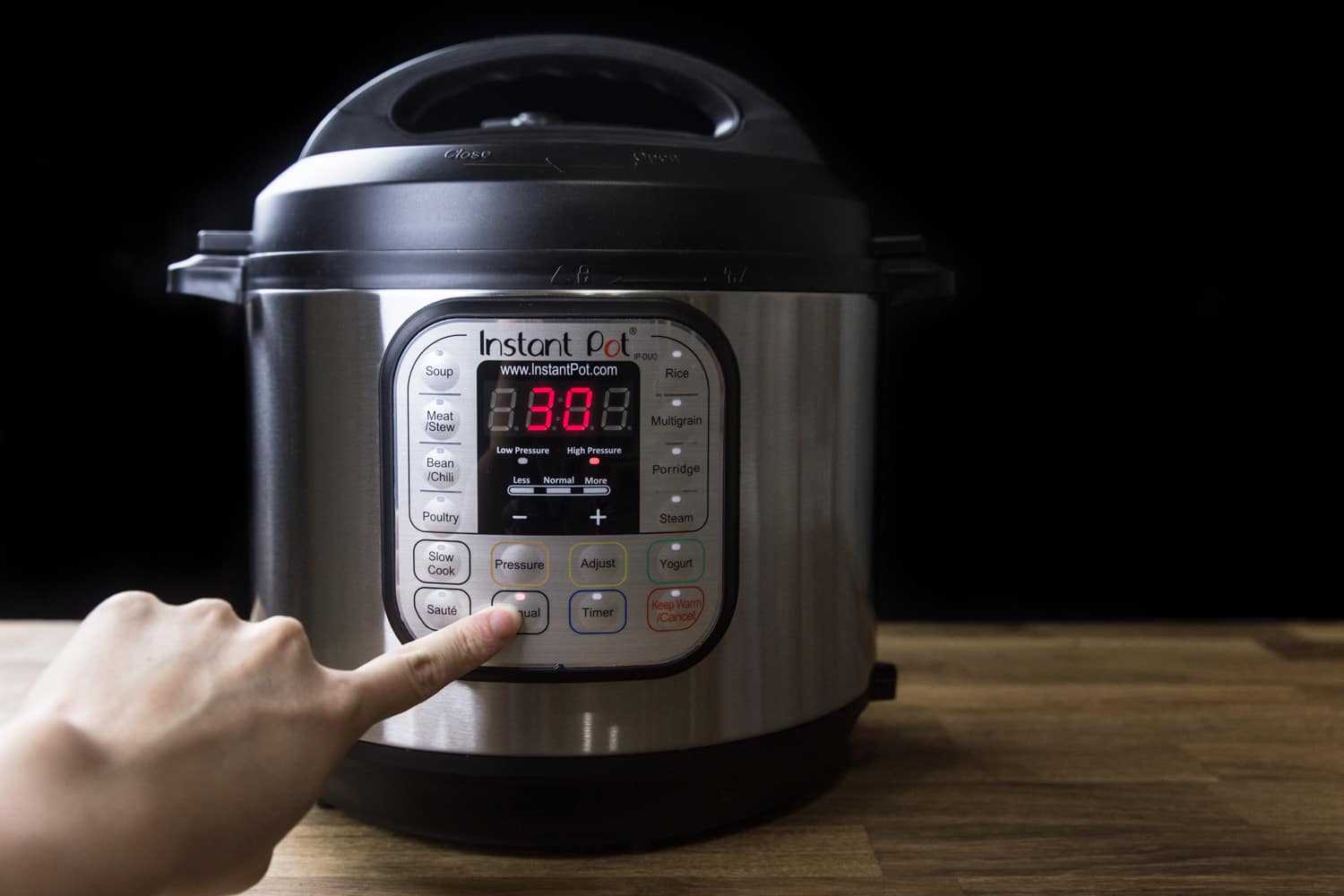
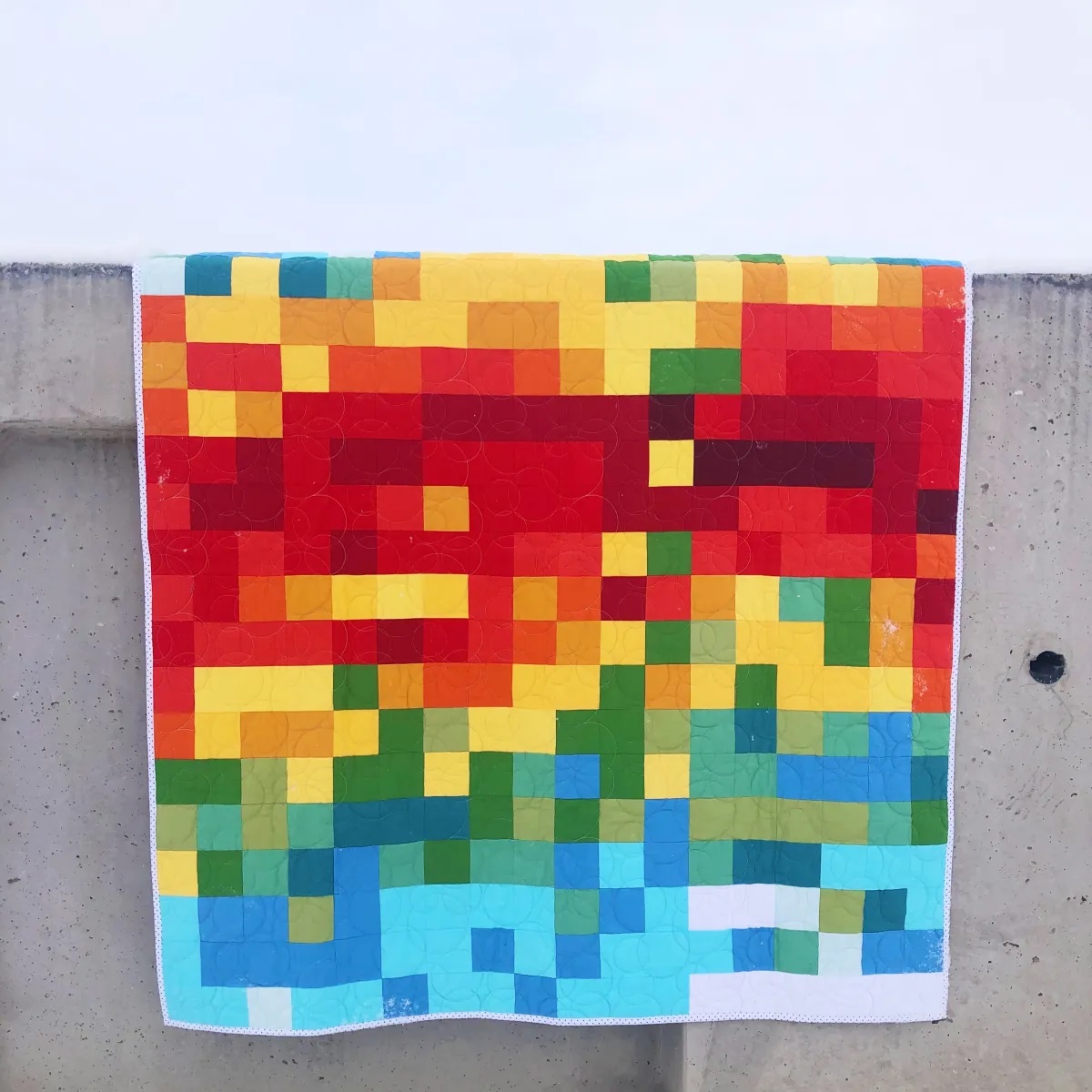
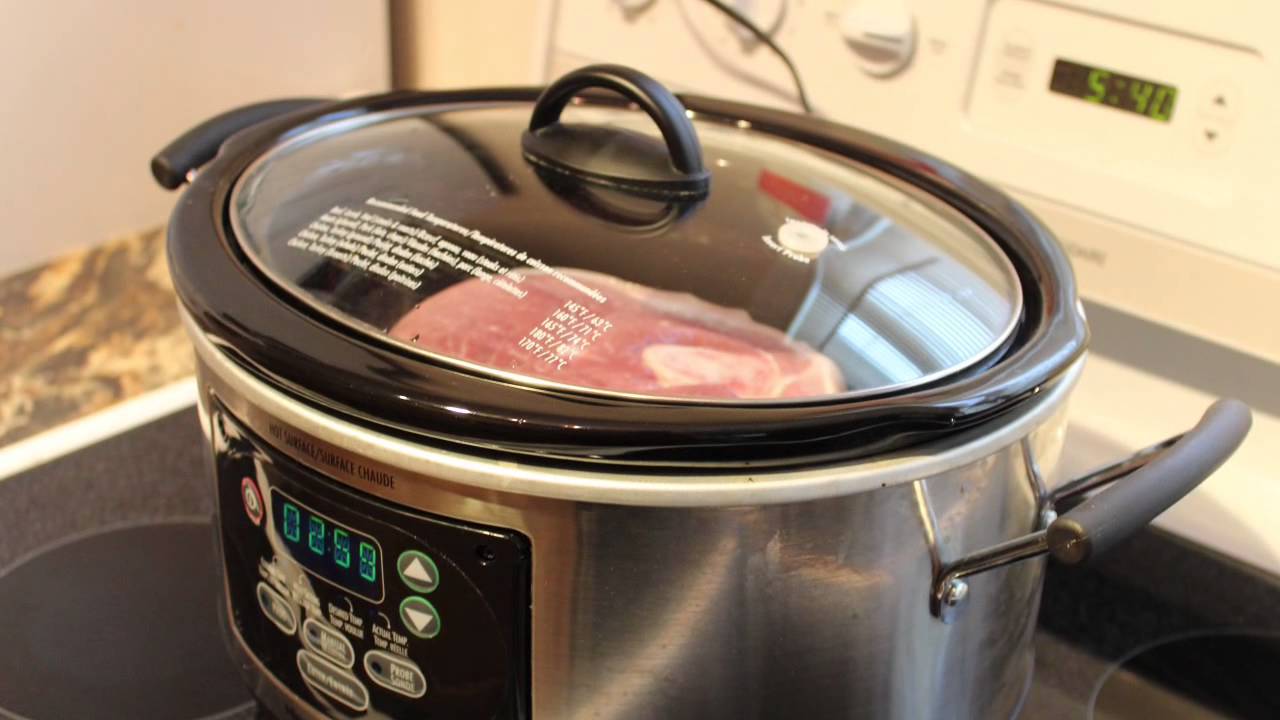
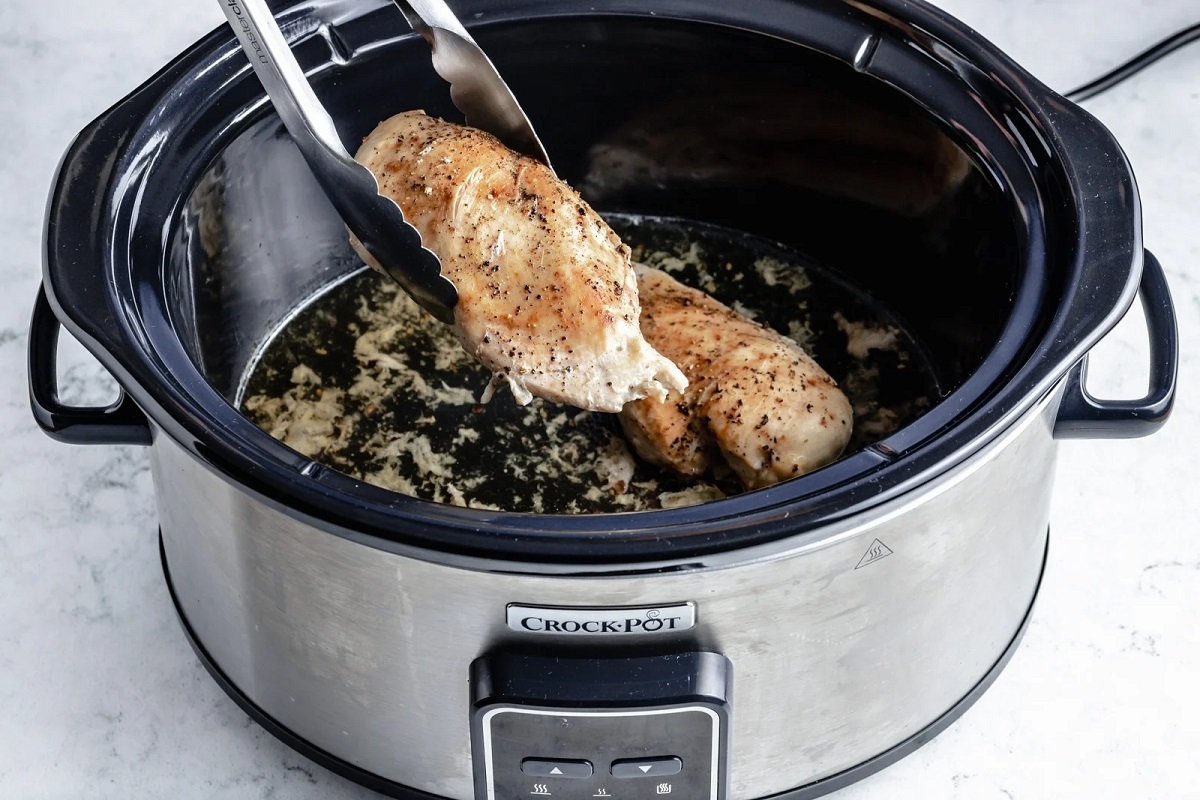
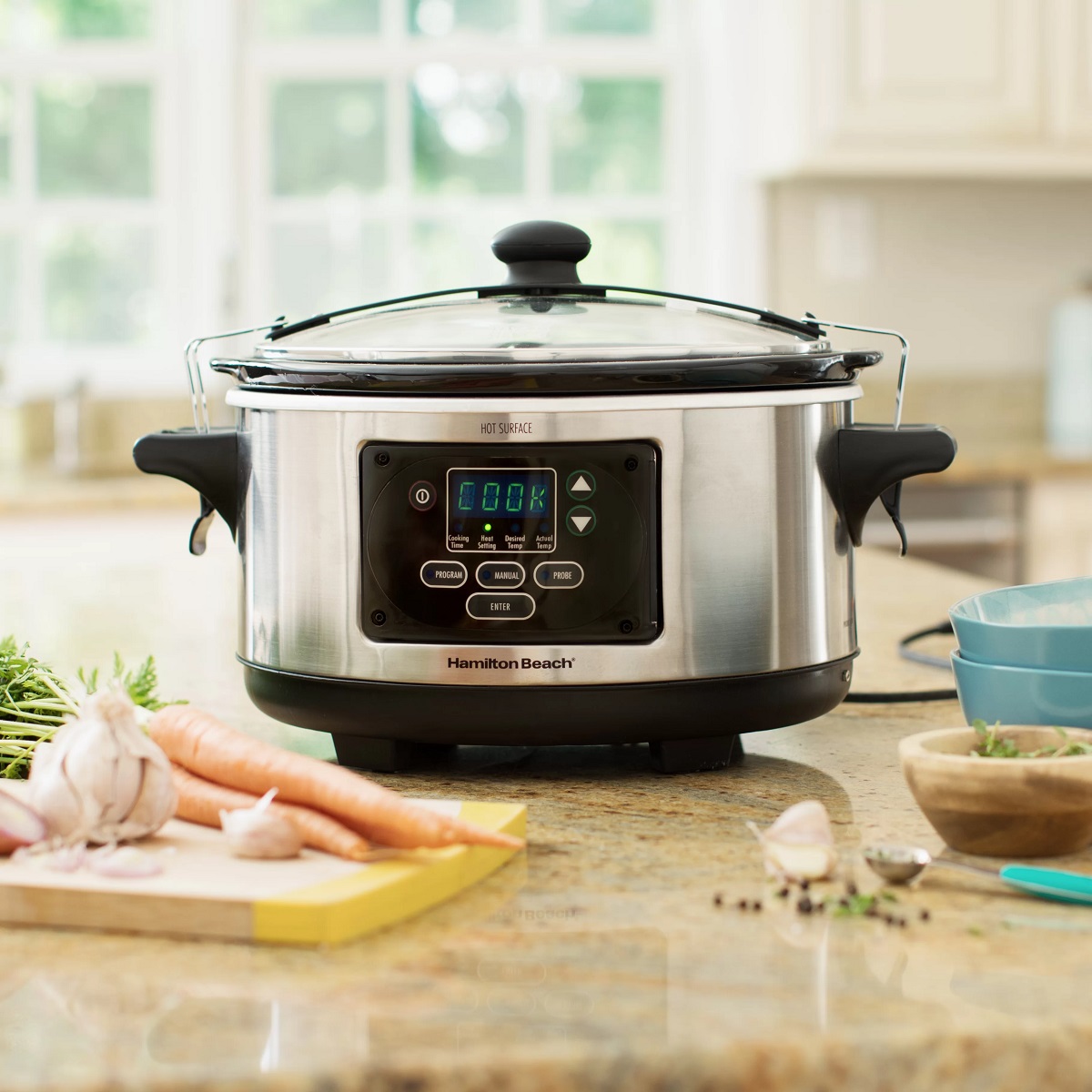
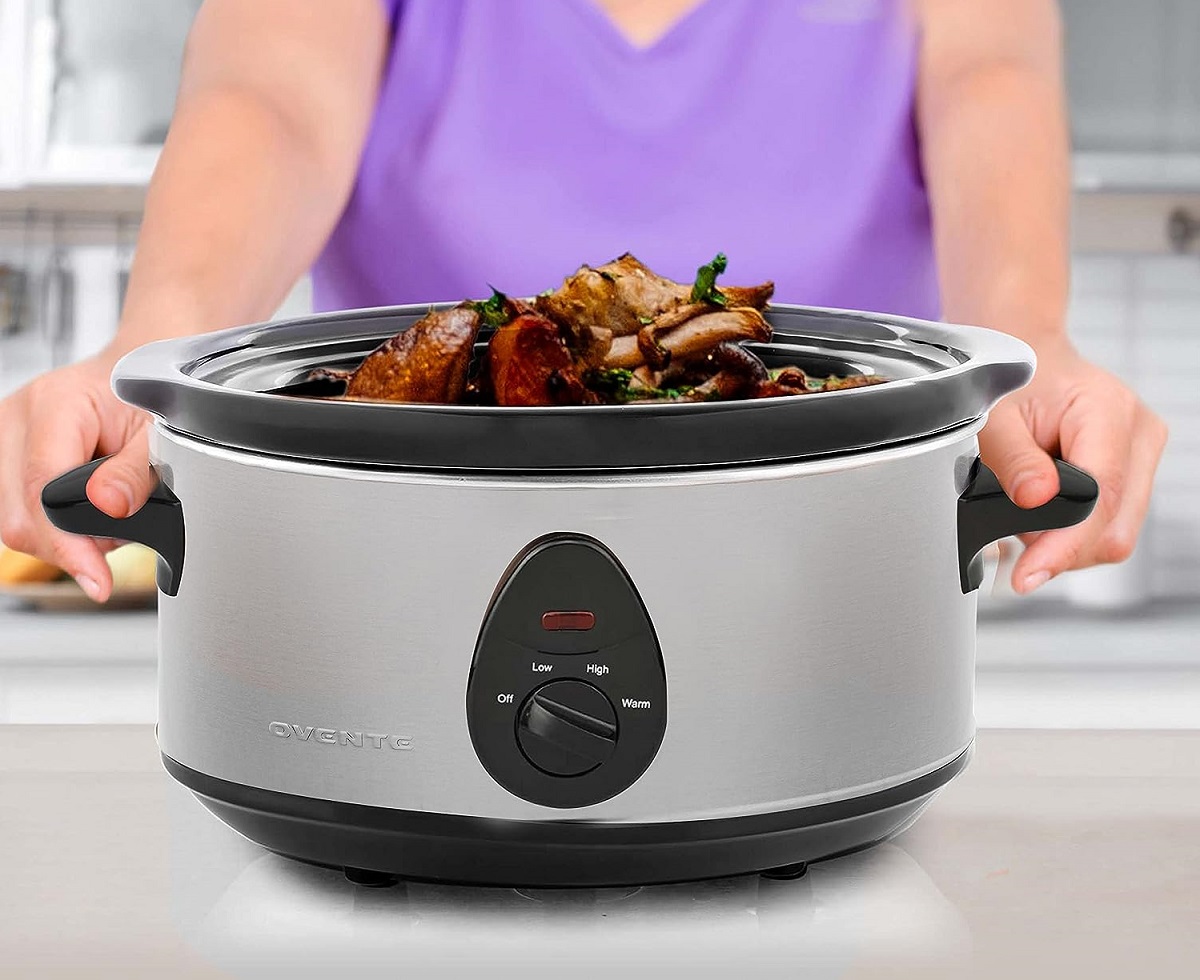

0 thoughts on “What Is The Temperature Of A Slow Cooker On High”